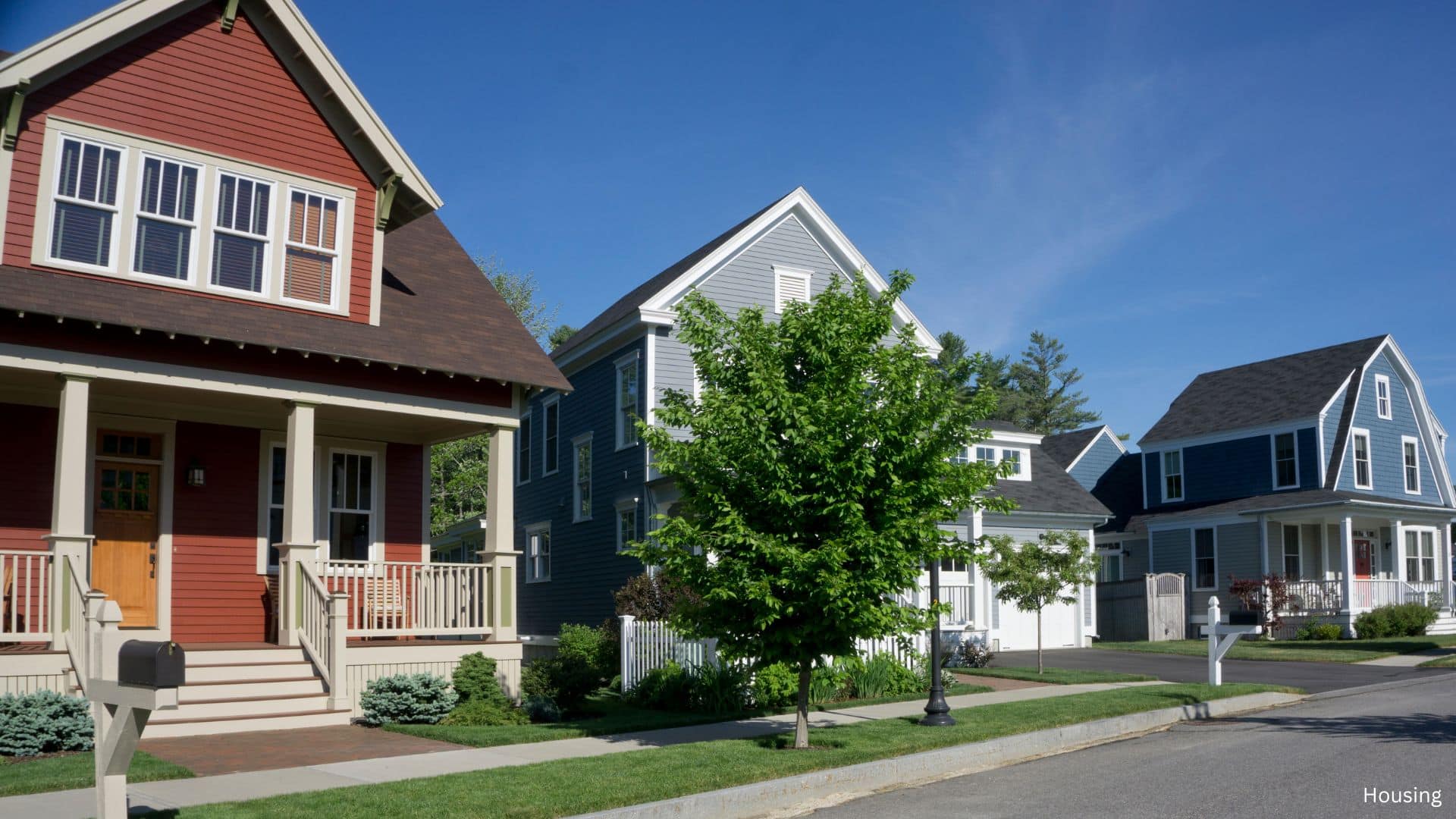Over the past five years, declining housing affordability has emerged as a pressing issue, particularly in some of the nation’s most populous metros. A combination of rising home prices, high mortgage rates, and stagnant wages has made homeownership unattainable for many. According to a recent report from Realtor.com, fewer than 30% of households in Los Angeles, Oxnard, San Diego, San Jose, and New York City earn enough to afford a median-priced home in their respective markets.
This troubling trend raises critical questions about the future of homeownership and its implications for both local economies and social stability.

The Numbers Behind the Decline
The concept of housing affordability is rooted in the idea that households should spend no more than 30% of their income on housing expenses. However, in many metros, achieving this benchmark is becoming increasingly difficult:
- Los Angeles, CA: With a median home price of $1,150,000, only 13.2% of households can afford to buy a home. The required annual income is $244,692, far exceeding the average household income.
- San Jose, CA: Buyers need nearly $292,000 annually to afford a home priced at $1,394,000. Only 26.5% of households in the area meet this threshold.
- New York City, NY: With a median price of $762,375, 28.6% of households can afford a home, requiring an annual income of $184,488.
Realtor.com data highlights how high mortgage rates and skyrocketing prices have exacerbated affordability issues in coastal regions like California and New York. These figures illustrate a stark divide between those who can afford homeownership and those left behind.

California’s Housing Crisis: A Case Study
California, home to four of the five least affordable metros, exemplifies the challenges of declining housing affordability. Once a symbol of opportunity, the state now grapples with systemic barriers to affordable housing:
- Strict zoning laws limit large-scale residential developments.
- Rising costs for essentials such as gas, utilities, and childcare further burden residents.
- Even “tear-down” properties are priced well beyond the reach of average families.
Jameson Tyler Drew, president of Anubis Properties in Los Angeles, noted that many potential buyers are being priced out of the market altogether. “To even start to consider a home [here], you need an income of almost $250,000 per year,” Drew shared in Realtor.com’s report. For many, the dream of homeownership has shifted to a grim reality of being “house poor” or renting indefinitely.

The Broader Implications of Declining Affordability
The challenges of declining housing affordability extend beyond individual households. Entire communities face economic stagnation when housing becomes inaccessible. Workforce retention suffers as essential workers move to more affordable areas, and the cycle of economic inequality deepens. In cities like Los Angeles, this has contributed to a homelessness crisis, with an estimated 75,000 individuals unhoused.
Moreover, as fewer households can afford to buy homes, demand for rental properties surges, driving up rental costs and straining already limited housing stock. Without significant policy changes or economic interventions, these trends are likely to continue, further widening the gap between homeowners and renters.

Addressing the Issue: Is There a Solution?
While the outlook for housing affordability may seem bleak, potential solutions exist. Increased investment in affordable housing projects, reforming restrictive zoning laws, and implementing programs to assist first-time buyers could help mitigate the crisis. Experts like Drew suggest that properly funded and managed city services could make a meaningful impact in cities like Los Angeles.
Nationally, aligning wages with housing costs and stabilizing mortgage rates are essential to reversing the trend of declining housing affordability. However, such efforts require collaboration between policymakers, developers, and community advocates.
A Call to Action
The issue of declining housing affordability demands urgent attention. As housing becomes increasingly unattainable in major metros like Los Angeles, San Diego, and New York City, the American dream of homeownership risks becoming a relic of the past. Addressing this crisis requires a multifaceted approach, blending policy reform, community support, and economic intervention. With strategic action, it is possible to restore balance to the housing market and create opportunities for future generations to achieve homeownership.
Related posts:
 California WUI: Unpacking the Risks and Challenges
California WUI: Unpacking the Risks and Challenges
 California Housing Market Under Trump: What to Expect
California Housing Market Under Trump: What to Expect
 Affordable Cities for Gen Z Buyers: Where to Find Your Dream Home Without Breaking the Bank
Affordable Cities for Gen Z Buyers: Where to Find Your Dream Home Without Breaking the Bank
 Homes With Low Natural Disaster Risk Are Rising in Value Faster Than High-Risk Properties
Homes With Low Natural Disaster Risk Are Rising in Value Faster Than High-Risk Properties
 2024 Election Impact on the Housing Market
2024 Election Impact on the Housing Market




